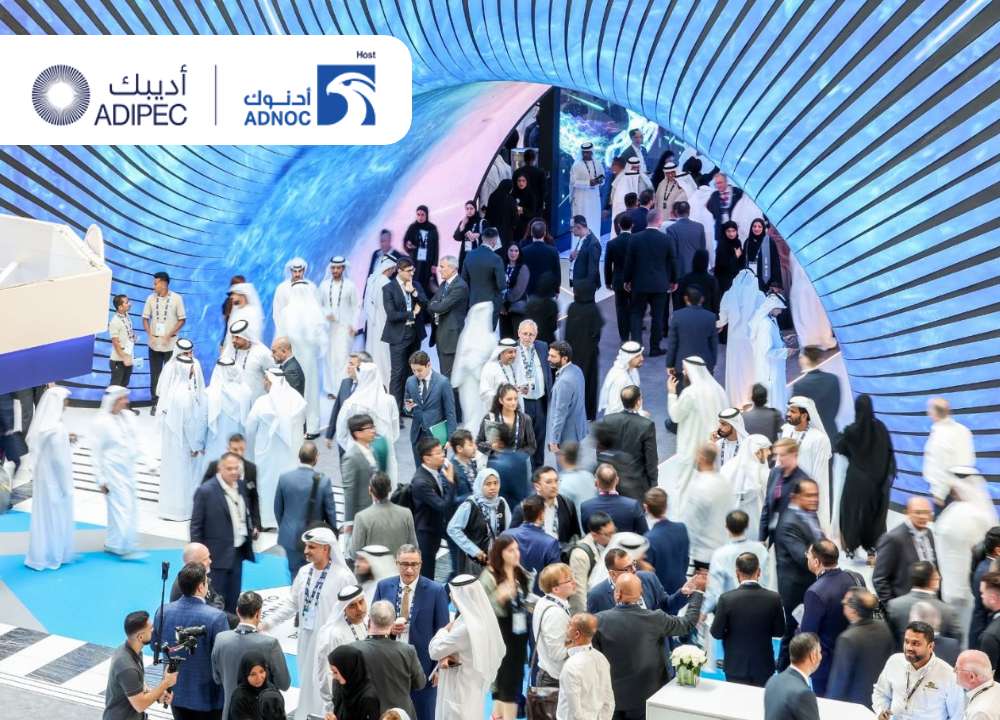India is a relatively open economy with overall trade accounting for 40% of GDP. Its exports have diversified in terms of markets as well as products in the last twenty years, with Indian exports having gradually found their way into new markets, and the export sector leading in high-value products such as machinery, automobiles and petroleum products.
India has traditionally looked favourably on trading agreements such as Free Trade Agreements (FTAs) and Comprehensive Economic Partnership Agreements (CEPAs). FTAs are agreements between two international economies (usually countries) to form free-trade areas between them, achieved by reducing tariffs and duties.
India has signed FTAs with several economies and economic groupings, such as the Association of Southeast Asian Nations (ASEAN), Thailand and Sri Lanka, Japan, South Korea and Southern Common Market (MERCOSUR). Besides these, India has also negotiated an Early Harvest Scheme (EHS) with Thailand, and Preferential Trade Agreements (PTAs) with several countries, which include Bangladesh, China, South Korea and Sri Lanka, as well as CEPAs with South Korea and Japan, and CECAs with Singapore and Malaysia.
However, in the wake of the Make in India campaign that was flagged off in 2014, questions are being raised whether India’s favourable stance on trade agreements will not prove contradictory and detrimental. Recently, the Society of Indian Automobile Manufacturers (SIAM) has called for 28 items to be withheld from such pacts. SIAM had consistently held the view that FTAs with competing countries were non-beneficial for the country, as it went against local value addition and employment. SIAM expressed concern “about the way India is negotiating FTAs with various nations and groupings”, especially the European Union. Whenever India has signed a pact with a major manufacturing economy, it has witnessed exacerbated trade balances. Thailand, Korea, ASEAN and Japan account for 11% of India’s trade and 23% of India’s trade deficit. SIAM asserted that caving in to the EU’s demand of tariff reduction would be harmful for the Indian industry, and more than countervail the Make in India initiative.
Indian exports are sensitive to price changes, demand and supply bottlenecks. Even a 1% increase in Indian export prices could reduce export growth by 0.9% for all industries, and 1.1% for the manufacturing sector.
Indian exports to FTA countries have not outdone overall export growth, or exports to the rest of the world. Both have grown at a rate of 13% year over year. FTAs have brought about a rise in imports and exports, but this has widened trade deficit. India’s trade deficit with ASEAN, South Korea and Japan has doubled from $15 billion in 2011 to $24 billion in 2017.
Indian exports are also more responsive to income changes, rather than price changes. Consequently, tariff reductions have little role in any significant boost on exports, and exporters end up utilizing less than 25% of RTAs.
With regard to the India-ASEAN FTA, there has been deterioration in the quality of trade. Besides the surge in total trade deficits due to tariff cuts, India has experienced aggravations in trade balance in 13 out of the 21 sectors grouped by the UN Harmonized System of Product Classification. These 13 sectors account for 75% of Indian exports to ASEAN. As such, concerns of trade asymmetry from FTAs are genuine.
India’s participation in the Regional Comprehensive Economic Partnership (RCEP), a proposed FTA between ASEAN member nations and six Asia-Pacific states, has also been subject to heated debate and divided opinions. Some economists argue that the long-term benefits of joining the bloc outweigh the initial costs. It has also been argued that RCEP will expedite integration of small enterprises into regional value and supply chains. However, detractors have validly pointed out that Indian trade deficits with countries have always widened after signing FTAs with them, and most of these countries are RCEP members. In fact, economists who are in support of India joining the RCEP, concede that in the long run, RCEP will go beyond trade liberalization. Its efforts to harmonize foreign investment rules and IPR laws will detract from an economy’s capacity for need-based customization of trade policies for specific time periods. This will have an impact on the Indian economy.







